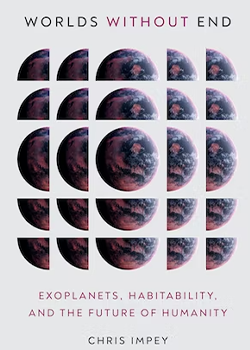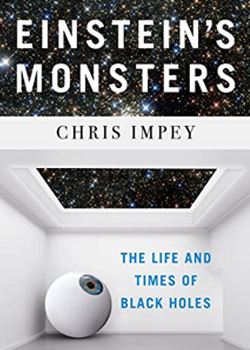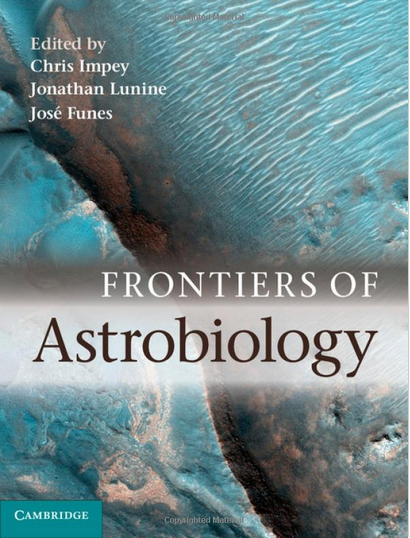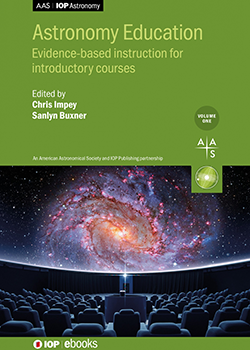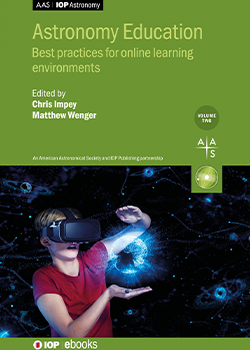The science of finding habitable planets beyond our solar system and the prospects for establishing human civilization away from our ever-less-habitable planetary home.
Planet Earth, it turns out, may not be the best of all possible worlds—and lately humanity has been carelessly depleting resources, decimating species, and degrading everything needed for life. Meanwhile, human ingenuity has opened up a vista of habitable worlds well beyond our wildest dreams of outposts on Mars. Worlds without End is an expertly guided tour of this thrilling frontier in astronomy: the search for planets with the potential to host life.
With the approachable style that has made him a leading interpreter of astronomy and space science, Chris Impey conducts readers across the vast, fast-developing field of astrobiology, surveying the dizzying advances carrying us ever closer to the discovery of life beyond Earth—and the prospect of humans living on another planet. Since the first exoplanet, or planet beyond our solar system, was discovered in 1995, over 4,000 more have been pinpointed, including hundreds of Earth-like planets, many of them habitable, detected by the Kepler satellite. With a view spanning astronomy, planetary science, geology, chemistry, and biology, Impey provides a state-of-the-art account of what's behind this accelerating progress, what's next, and what it might mean for humanity's future.
The existential threats that we face here on Earth lend urgency to this search, raising the question: Could space be our salvation? From the definition of habitability to the changing shape of space exploration—as it expands beyond the interests of government to the pursuits of private industry—Worlds without End shows us the science, on horizons near and far, that may hold the answers.
